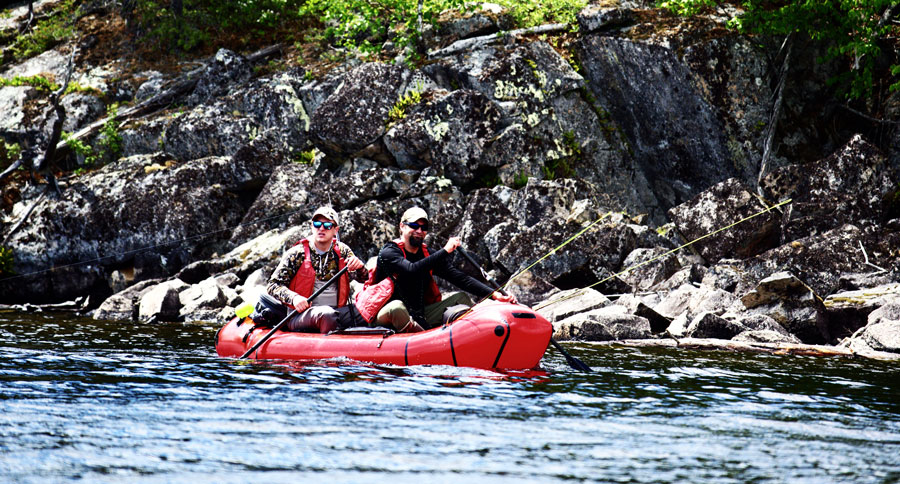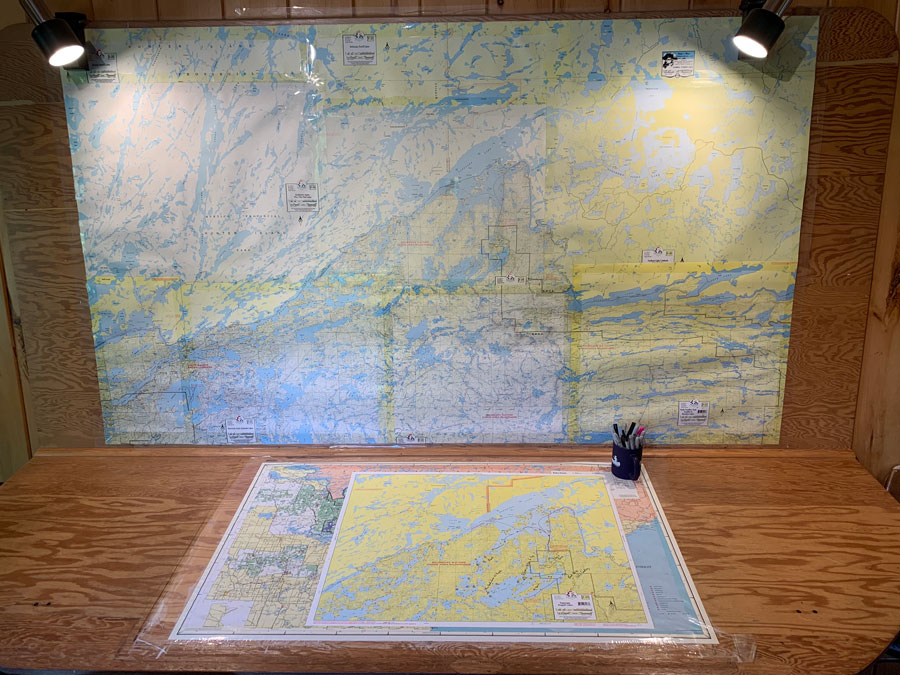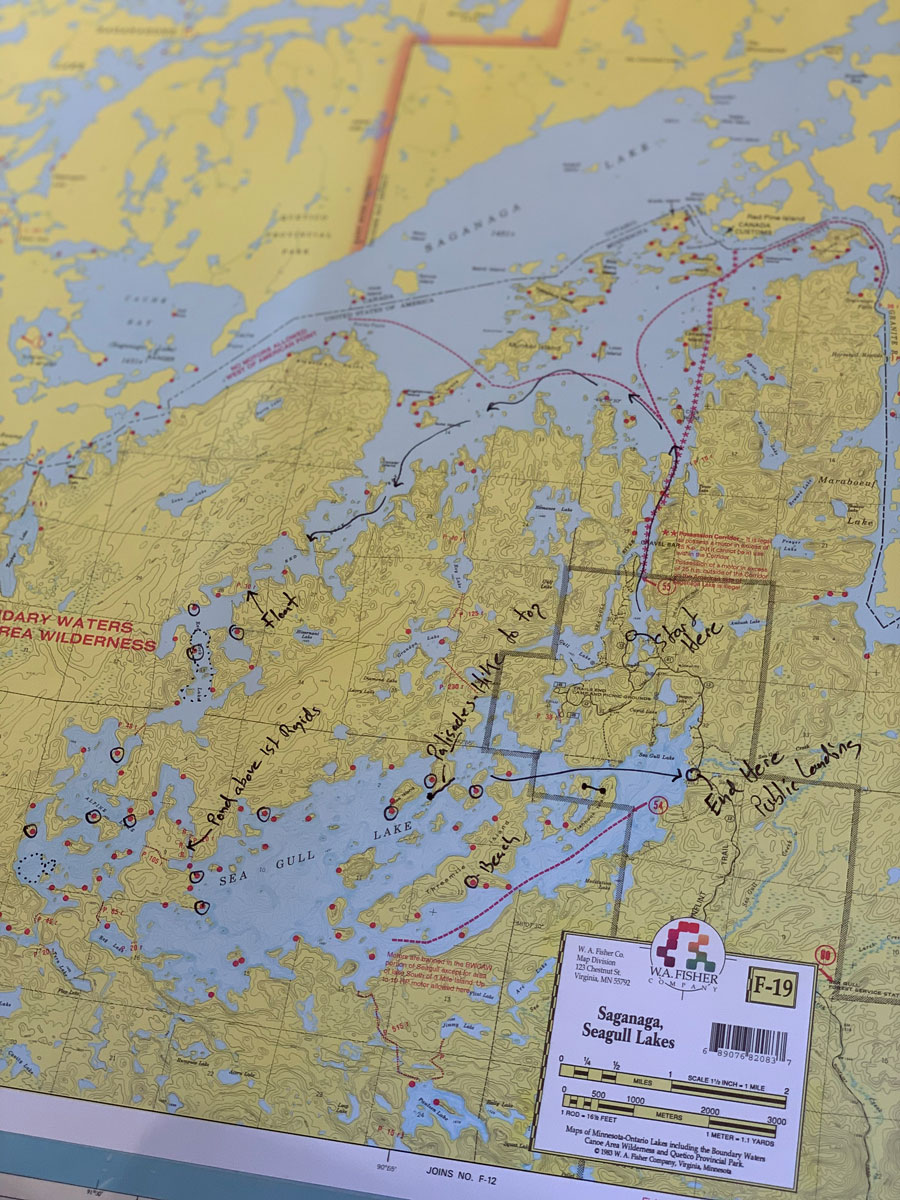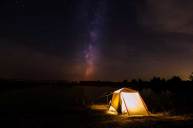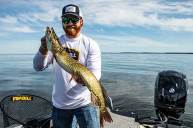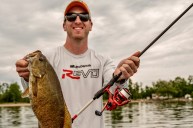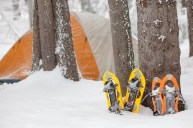We were just able to beat wind, fatigue and daylight to finish in two days.
We didn't want to finish that quickly. Our flights out of Duluth, Minnesota, weren't even scheduled to take off for another 36 hours. Due to circumstances out of our control, however, we found ourselves desperately chasing the sun to finish a day early.
When Alpacka Raft invited me to the Boundary Waters, I wasn't sure what to expect. I'd never been packrafting. I'd never been to Minnesota. And, to be honest, I didn't know much about the area other than a decent reputation for smallmouth fishing.
Our hosts, Thor Tingey and his wife, Sarah, weren't really sure of what they were getting into, either, meaning we were all first-timers.
There's a beauty in recognizing the absence of expectations, but also an attached set of uncertain risks, and we would ultimately see both sides of that coin.
I found Thor and Sarah, as well as my fellow traveling writers, near the baggage claim in Duluth.
Initial handshakes instantly sparked comparisons among various fishing strategies and tackle preferences, as well as old stories that served as evidence for each.
I was ready, I just didn't entirely know what I was ready for.
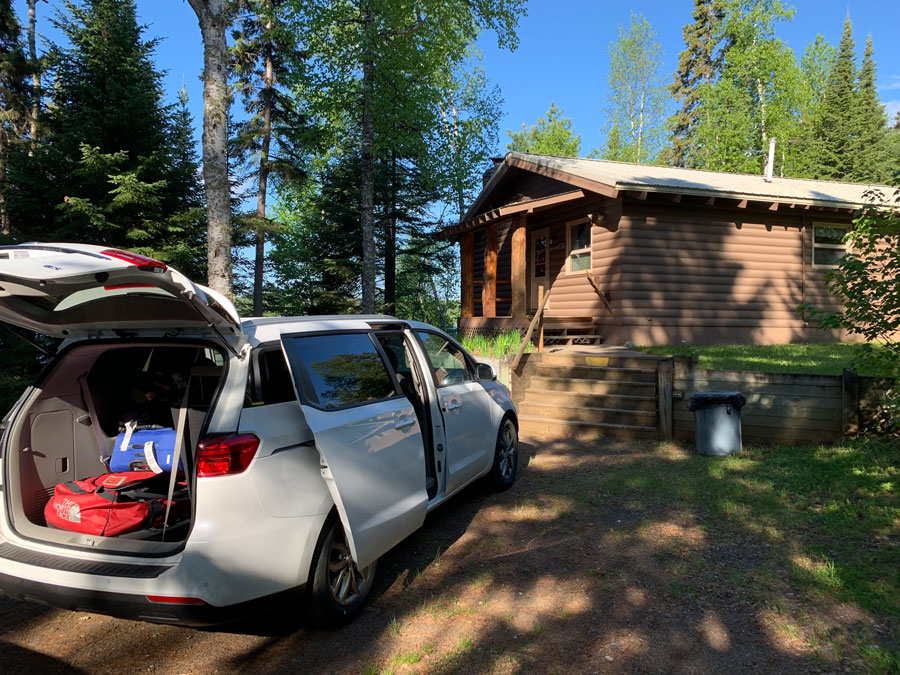
We caravanned up to Grand Marais, where we'd stock up on snacks and fishing licenses before making the two-hour trek to a cabin at Tuscarora Lodge and Canoe Outfitters.
The first night called for some much-needed rest before embarking on our water-bound excursion the following day.
The weather forecast looked promising, but we were prepared to catch some scattered showers throughout the day. The more daunting obstacle, however, was the distance we planned to travel, as well as the flatwater river system's current, or lack thereof.
Fortunately, we had the privilege of shedding essentially all the weight of a classic canoe, and simultaneously doubling our storage space with our Alpacka Oryx packrafts.
Alpacka Oryx
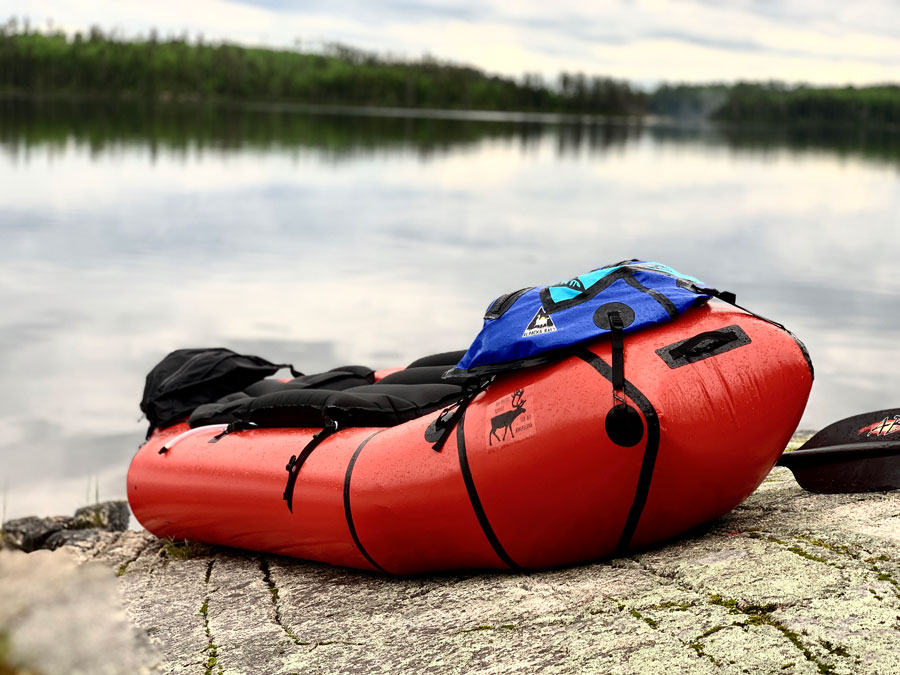
Perhaps peculiar to the average eye, the Oryx pairs the advantages of both a raft and a canoe, making for the ultimate paddle-driven flatwater watercraft.
Weighing only 10.8 pounds, you can pack it down to fit into travel bags, the back of a closet, or the trunk of a sedan. And, even when it's completely filled, you can easily pick it up with one arm and carry it through any portage or low-water hang-up.
However, the hands-down best feature of this packraft was the 13.1-inch tube diameter, which stored as much gear as you'd ever need on a multi-day fishing expedition.
Being able to completely fill the tubes with gear while still floating and tracking effectively was remarkable. The key is properly distributing weight so you're not leaning too far to one side, and even then you have the ability to carry up to 800 pounds, including the weight of any passengers.
As a tandem, two people can comfortably sit in the raft, but you can still effectively paddle kayak-style by yourself.
My newfound friend and canoe partner, Johnny, and I were able to fit tents, chairs, clothing, fishing rods, tackle, cooking supplies, food and other miscellaneous camping gear with plenty of space and weight capacity to spare.
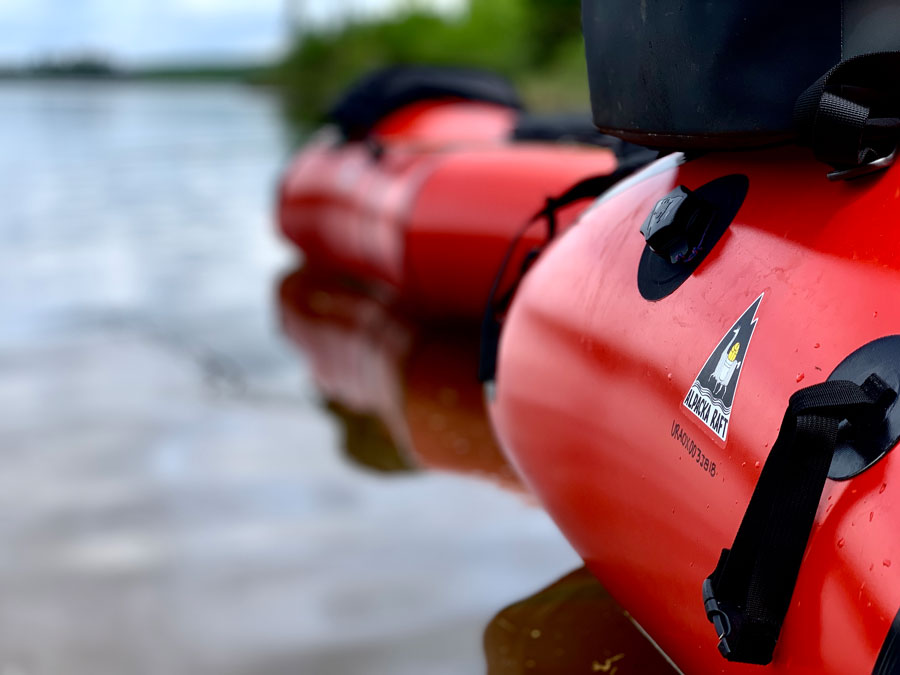
The Standard Oryx uses hook-resistant, 210-denier, high-count nylon, which is single-side laminated with pigmented polyurethane film. Its floor uses proprietary 840-denier ballistics nylon, which is laminated on both sides with polyurethane film.
Those are lofty words that basically mean it'll stand up to nearly anything.
Four bow grab loops, two stern grab loops, four single D-rings and a bow handle allow for easy handling and ample attachment options.
You get an inflation bag, a stuff sack, a basic repair kit and a cargo fly. However, it'd be wise to also purchase dry bags for all your gear just in case of an accident.
Additionally, while the Oryx is designed for flatwater conditions, it has no problem handling Class II rapids, which we had the pleasure of taking on more than once.
They're $1,600, and for that I'd recommend the Oryx to anyone looking for a utilitarian backcountry watercraft.
Boundary Waters
Before hitting the water, devising a plan was a must. Fortunately, the kind folks at Tuscarora know all the ins and outs of the Boundary Waters, so we worked together to engineer a route at the modest expense of tolerating harshly different dialects.
Keeping our maps dry would be a priority, however, as the Boundary Waters will inevitably become disorienting at times.
We aimed to make a giant loop, picking out two campsites marked by red dots on the oversized map we were working with.
It looked measly, like it barely scratched the surface of what the Boundary Waters can offer. Yet, we had a full day of paddling to tackle before we could even entertain the thought of a sleeping bag. Maps are like that.
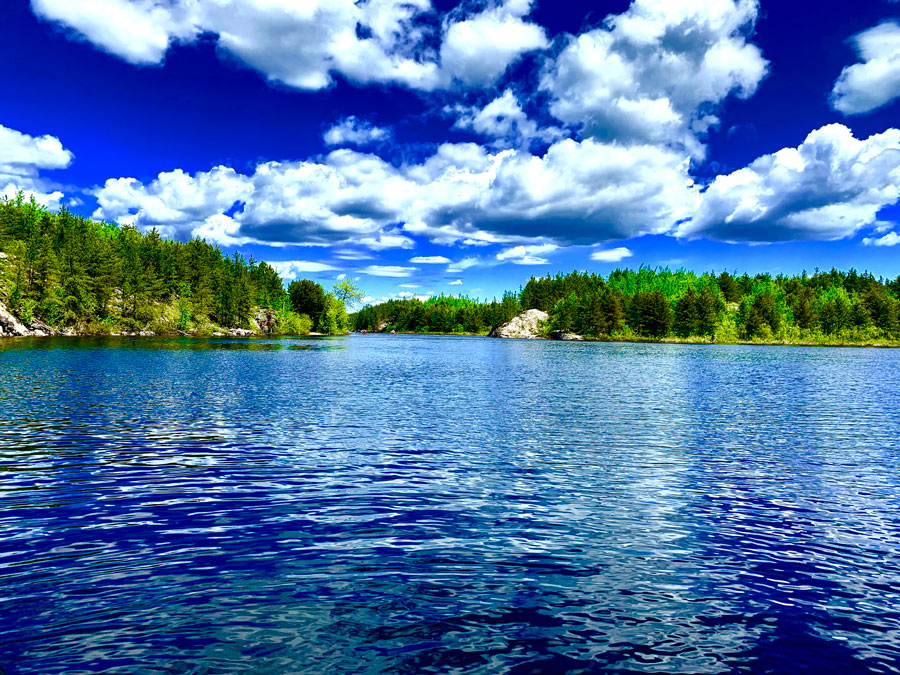
Like most of the splendor Mother Nature has to offer, the Boundary Waters unquestionably tests your physical limits. But by that same token, no part of this journey would disappoint.
With each taxing stroke came a deep breath of fresh, northern air. Each thrust against the water's defiance was paralleled by heart-stopping reflections of feathered clouds and prolific evergreens.
Part of me wanted to stop and take it all in, but these waters afforded the option to stay the course. With 20 miles ahead, Minnesota's seemingly endless, untainted beauty left us reaching for a look around each bend ahead.
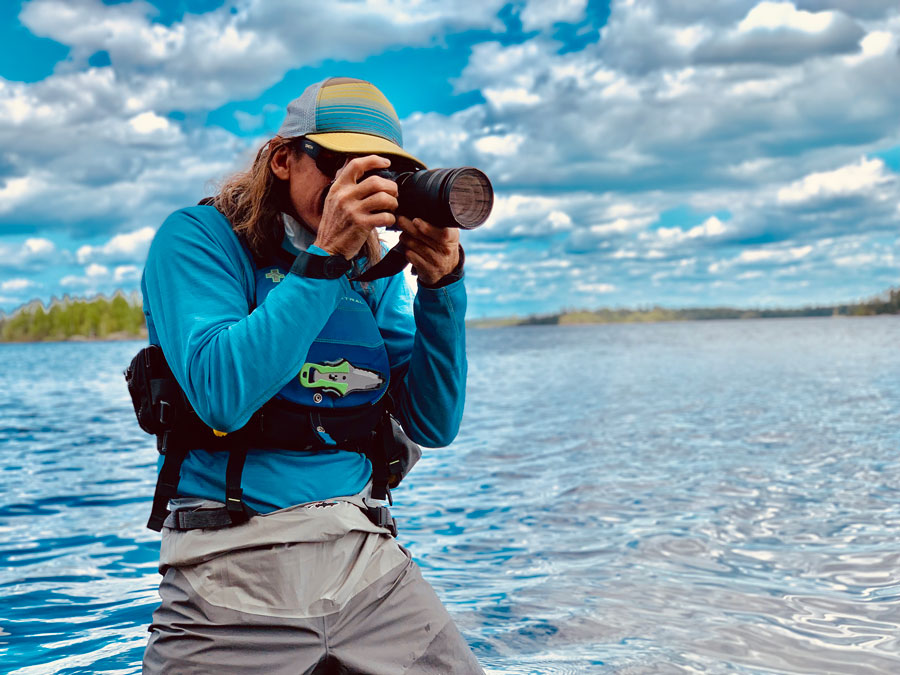
Seldom did we stop, and when we did, there wasn't much time to rest. A quick series of photos, a snack and another get-to-know-you session came every couple of hours, but wouldn't last long.
As soon as I'd feel my breathing start to slow down, I'd hear someone behind me say, "It's probably time to hit it."
And, as much as my body wanted to stay put, I knew comfort was the Boundary Waters' forbidden fruit.
After pushing for hours, we'd covered enough distance to slow down and throw a line or two, which felt like snatching that paycheck after a week's worth of work.
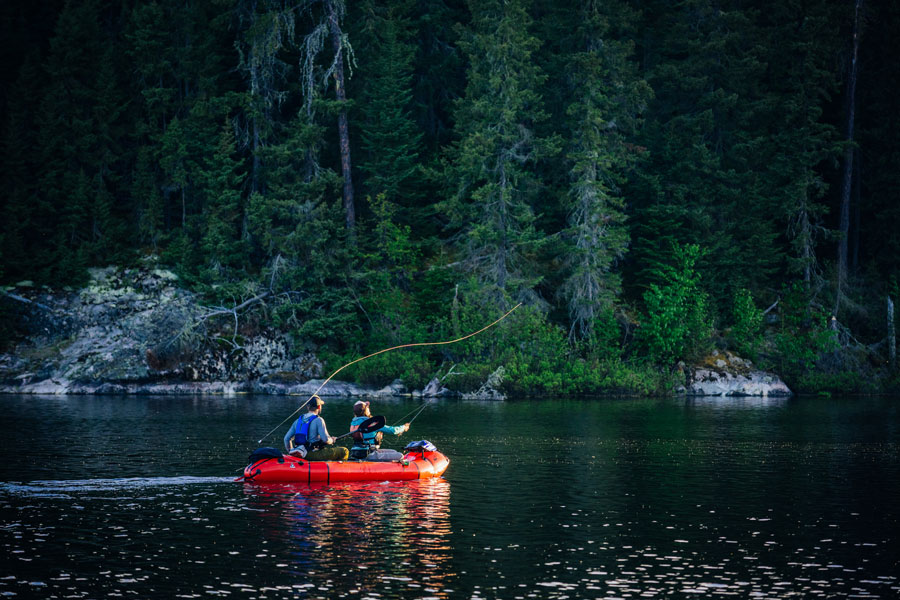
The smallmouth bass were plentiful. My adopted colleagues were able to enjoy the pleasure of dropping poppers near rocky banks with an assortment of fly rigs, which seemed to trump any other scheme.
Having very little fly fishing experience, I brought my conventional gear, which comprised two baitcasters, one with monofilament line and another with braided, to employ a variety of topwater and diving lures. But nothing I had compared to the others' fly fishing tackle.
It wasn't until we landed at our campsite that I actually laid hands on a fish—a smallmouth weighing less than a pound.
A True Backcountry Camp
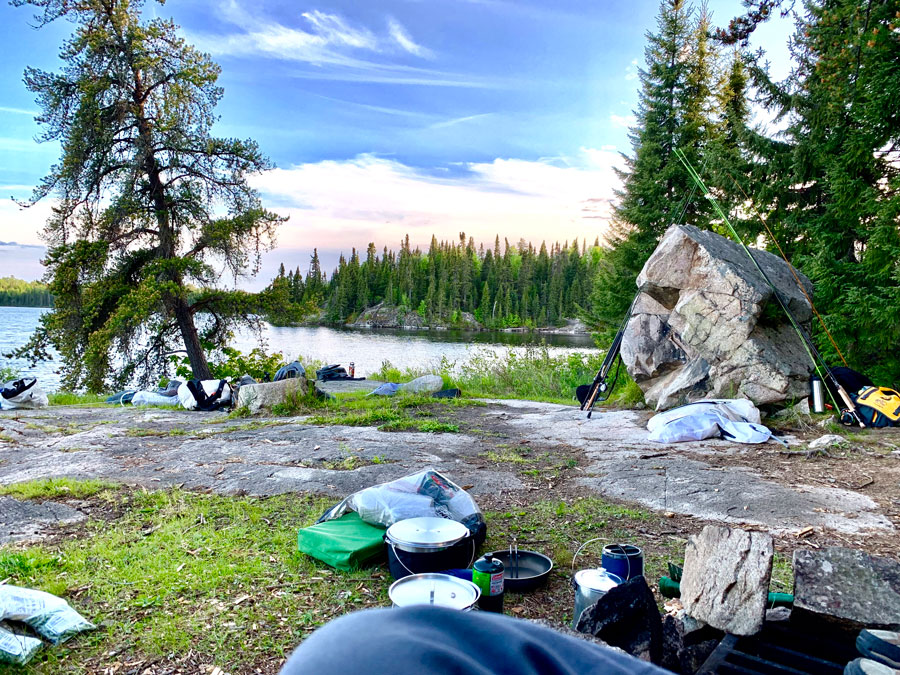
There's nothing quite like camping on the Boundary Waters. You're far enough from civilization that if you had an accident, you'd likely find yourself in serious trouble.
From the time we set up camp to the time we packed up and left, we didn't see one boat on the water. While it's a little intimidating, it's perhaps the purest form of camping I've ever experienced.
The campsite consisted of four tents, each housing two people and various gear we needed to keep dry.

The next morning featured a drizzle that lasted about an hour, but we were in the clear for the rest of the day.
Assuming we'd covered almost half of the trip already and still had another night to camp, we decided to dedicate the day to fishing and paddle 4 or 5 miles, as opposed to the 10 we covered the day prior.
The Ol' Reliable
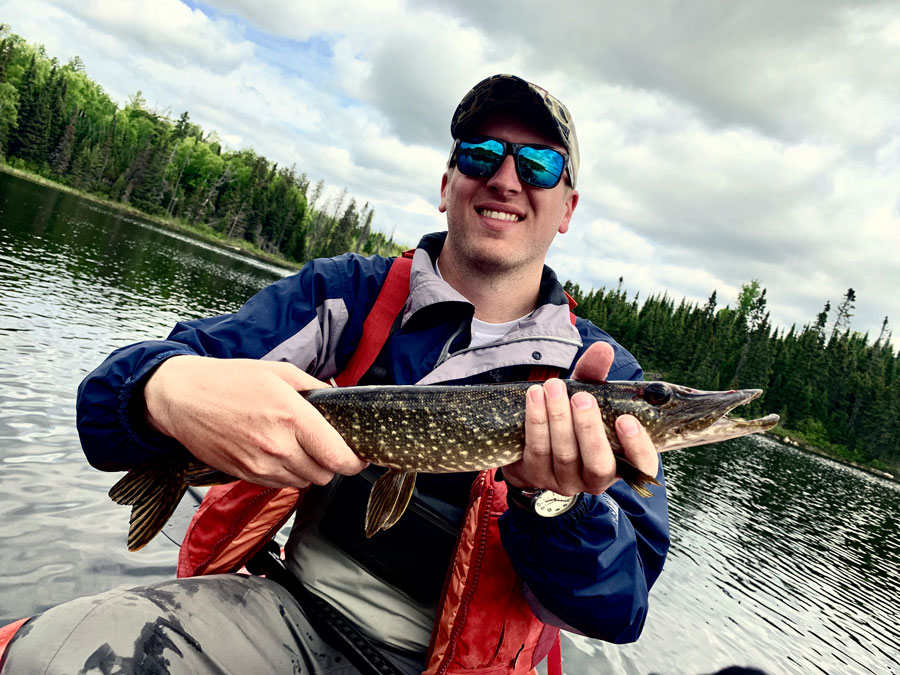
I tend to value the joys of trying new things more than the satisfaction of mastering one particular skill. I suppose you could call me "jack of all trades, master of none," but I think of it more as an affinity for collecting. Instead of maximizing my knowledge on one particular thing, I prefer to dabble in as many as I can.
This approach certainly applies to fishing, which is why I decided I was good on smallmouth; I wanted to catch a new fish. There was only one species with abundant numbers in the Boundary Waters that I had never caught before: northern pike.
I figured I had the day to catch one. It didn't need to be big, but I needed to hold a pike in my hands.
As the only angler with conventional gear, I was on my own in determining what would work.
Rummaging through my tackle box, I came across a Jitterbug—the lure my father called his "ol' reliable" for years—and vaguely remembered pike being at the center of some his old fishing tales.
Ironically, it was the first lure I ever owned, passed down when he helped me put together my first tackle box to take to a local pond. Even more ironic, I'd never caught a single fish on that thing, but instead found my topwater success with more modern lures.
All of his best Jitterbug stories came from Minnesota, though, so I figured I'd do it his way this time.
Several smaller pike breached the surface to strike the large, noisy bait, but hours of repetitive casting was seemingly leading to a dead end.
Then, suddenly, with more than half of the day behind us, an explosion of white water stopped time itself, and line started pulling off my reel.
I had the drag set low for the possibility of hooking into really big one, but it turns out a small northern will fight like a trophy-class largemouth bass.
And, while it wasn't a trophy pike, I successfully knocked a new species off the list, and finally caught a fish on Dad's old Jitterbug.
Now or Never
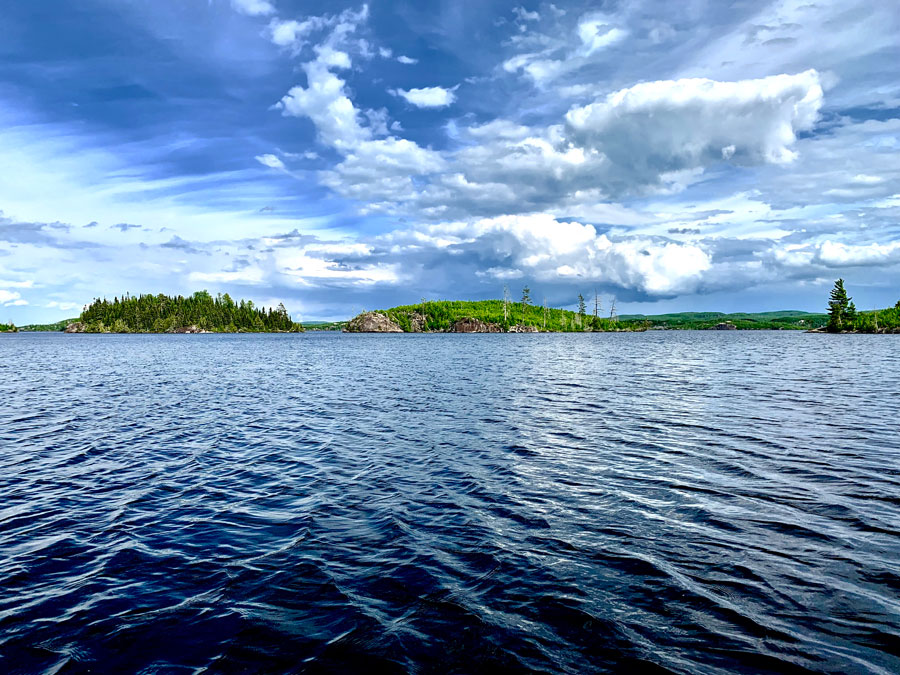
There are few things scarier than finding yourself stuck on the water, especially when you're alone in an unfamiliar place. We fortunately came as a group, but we were stranded and had only a map to get us home.
The designated campsites in the Boundary Waters are typically easy to come by, according to our friends at Tuscarora, but this weekend was different.
We came to a unanimous theory that schools had just let out for the summer when we saw what looked to be teenagers who had claimed every single site we could've realistically stopped at.
Thor and Sarah then found themselves in a difficult position where they had to decide if we were going to camp on undesignated land or try to paddle against the wind and finish the circuit by the end of the second day.
Despite dwindling daylight and a collective sense of exhaustion, we helped them decide on powering through.
With 5 miles to go and the current against us, we decided to tie each of our four rafts together to make a larger, more aerodynamic unit.
Hours later, as the sun had almost completely descended into the horizon, we spotted the launch.
There's an ideology among hunters and anglers that I believe speaks louder than any other: the toughest trips make for the best stories.
I find it especially true when surrounded by good people, which I most certainly was in Minnesota. The obstacles we overcame only added to 20 miles of invigorating rafting, premier fishing and unforgettable scenery of the Boundary Waters.
NEXT: EVERYTHING YOU NEED TO START BOWFISHING TOMORROW
